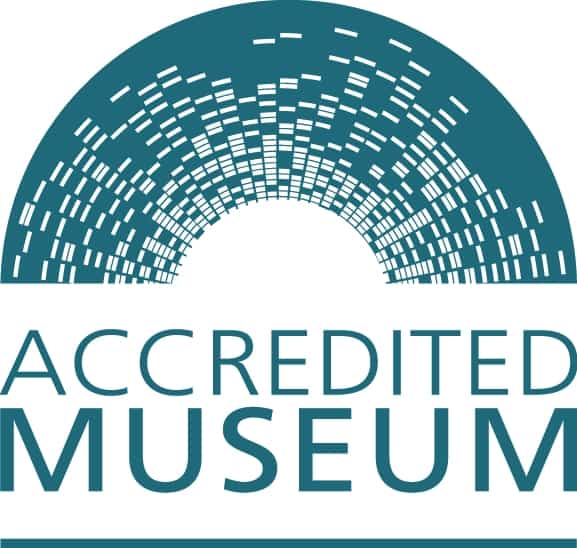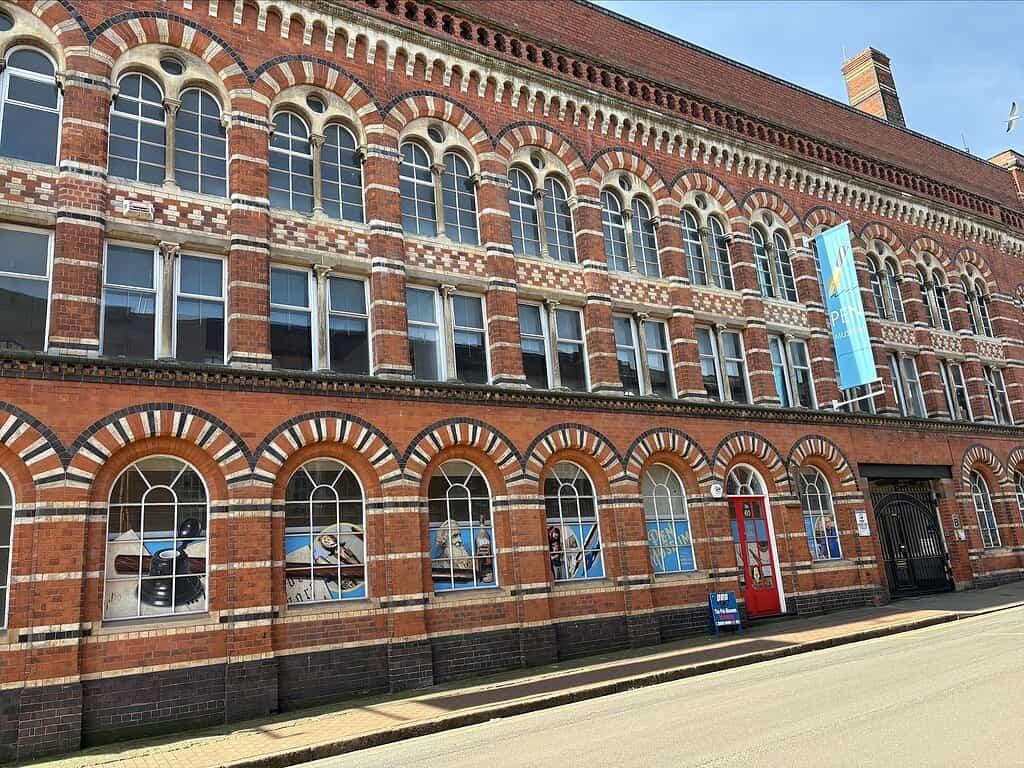
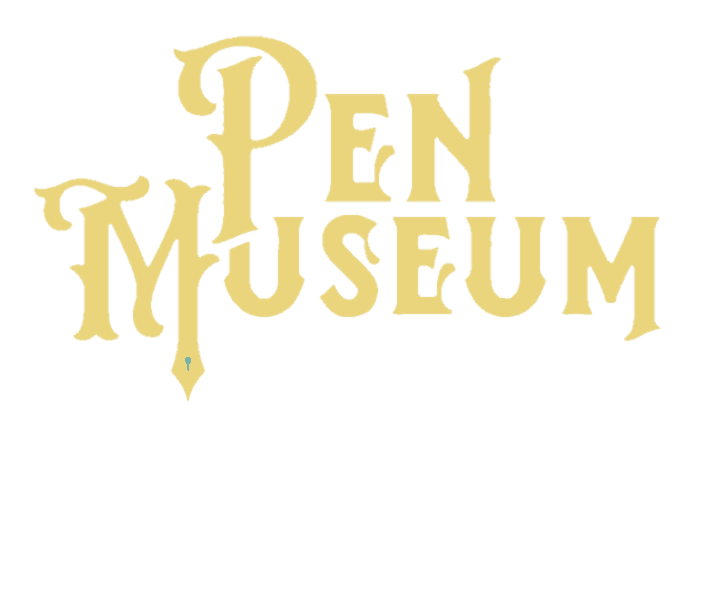
The home of steel pen nib manufacturing in Birmingham during the Victorian era, Birmingham was the home to129 companies employing around 8,000 workers (mostly women). Situated in the heart of the Jewellery Quarter, at the Pen Museum you will discover a wide range of fascinating objects and displays that help tell the story of Birmingham’s pen trade and its important legacy including prominent pen manufacturer Josiah Mason’s role in founding the University of Birmingham.
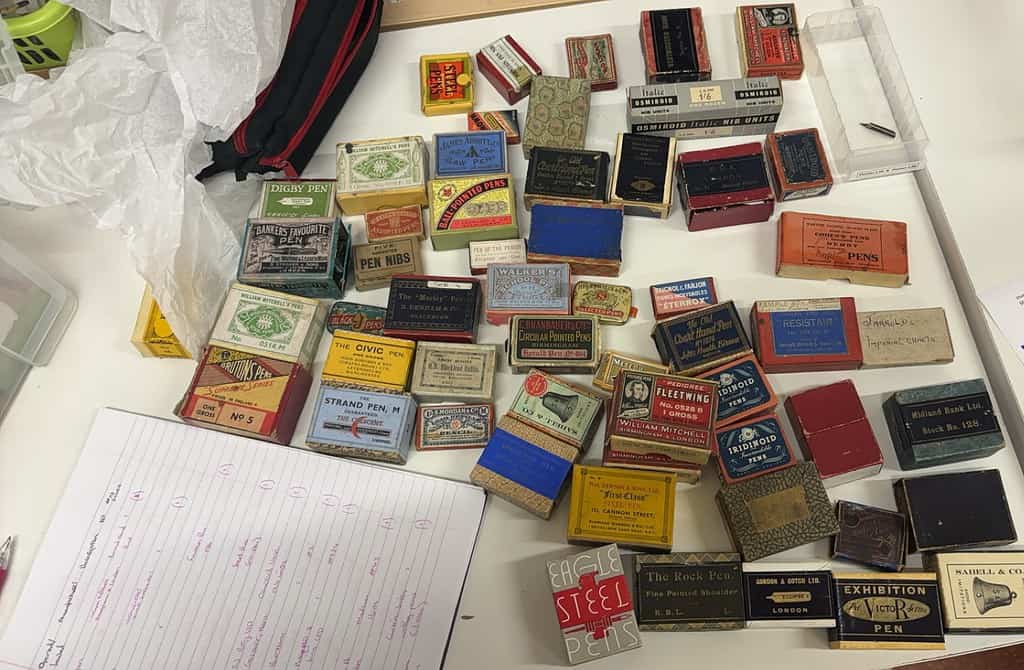
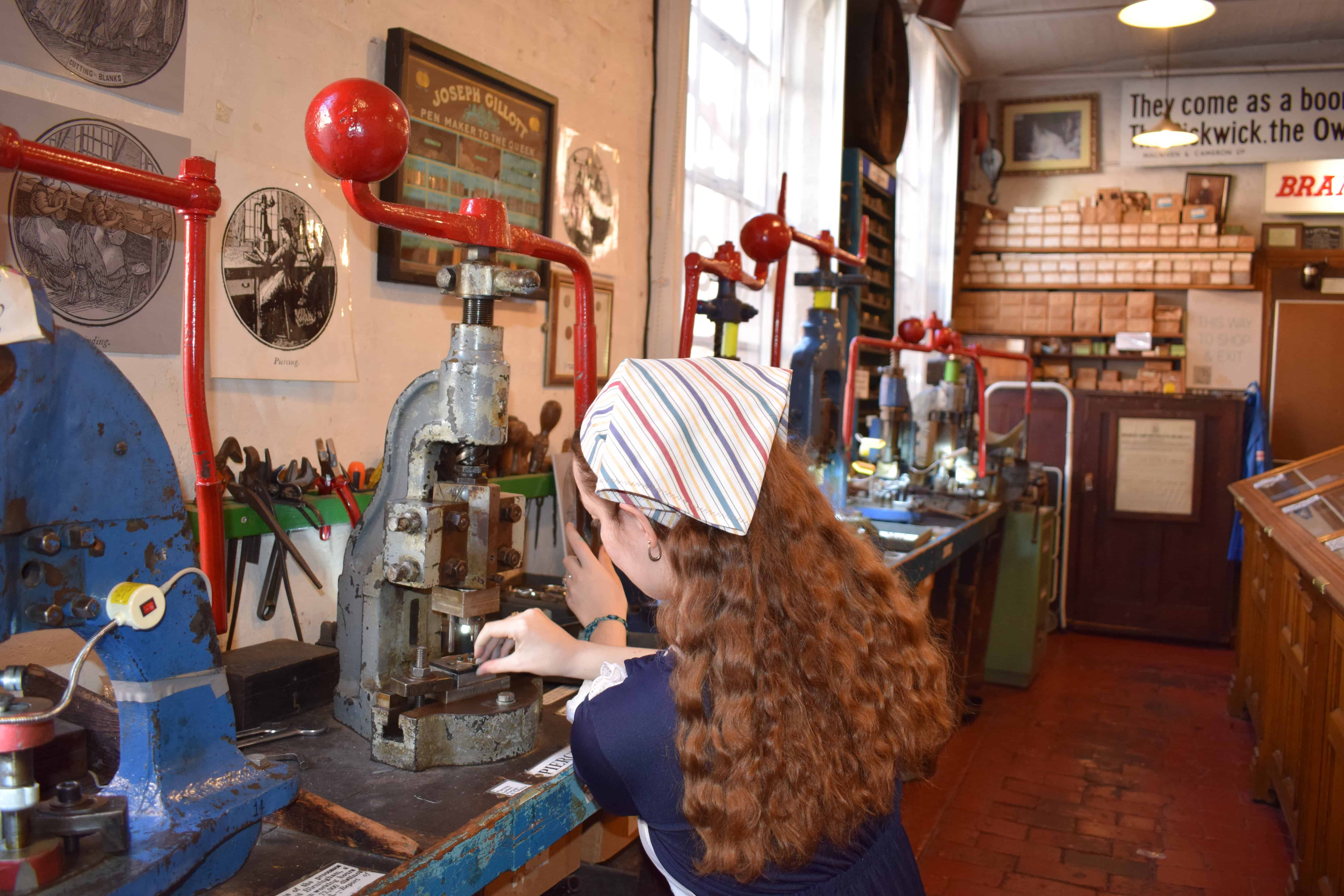
Schools Visits To The Pen Museum
Bring your school to the Museum to take a trip back into a Victorian Pen factory with an interactive, hands on programme.


Volunteer At The Pen Museum
At the Pen Museum we have a diverse number of volunteer roles, join the team to enjoy a friendly atmosphere as we preserve the legacy of Birmingham’s Pen Trade.
We have the following roles:
Front of House
Heritage Demonstrator
Engagement
Social Media
Events
Education
/
Hire Our Events Space
The Pen Museum has a small events space that can be used hired for meetings, workshops, talks and more. Located in the heart of Birmingham’s Jewellery Quarter the space is ideal for a historical team outing.
The room seats up to fifteen people boardroom style or twenty five theatre style.
Latest News
Our Awards

